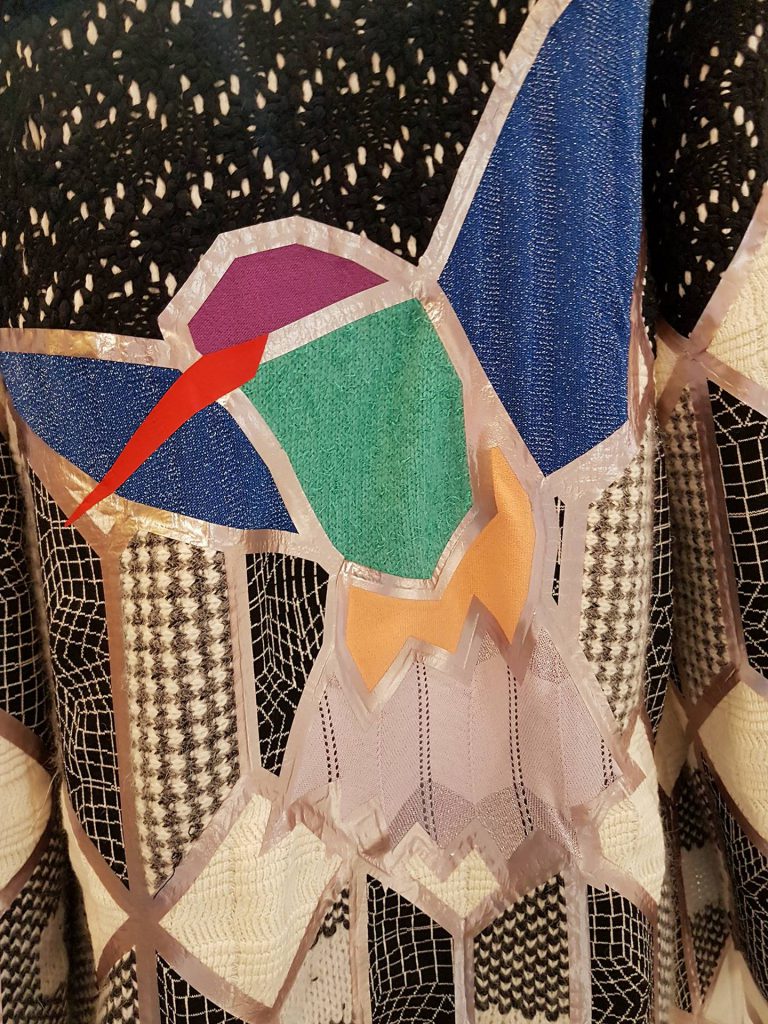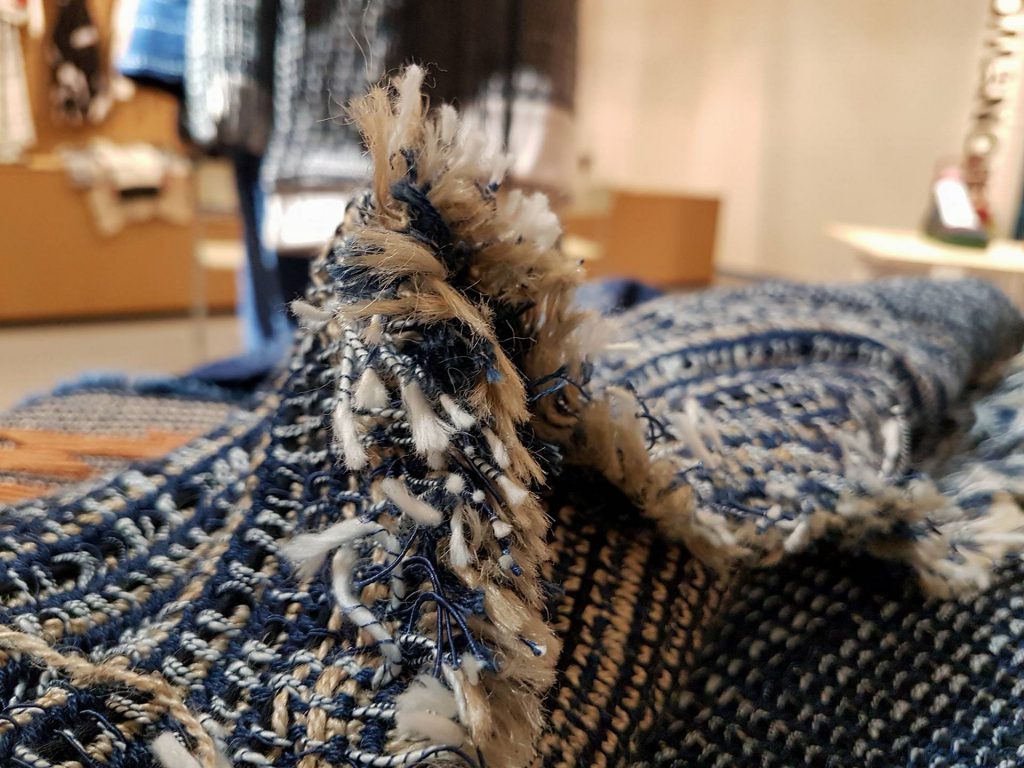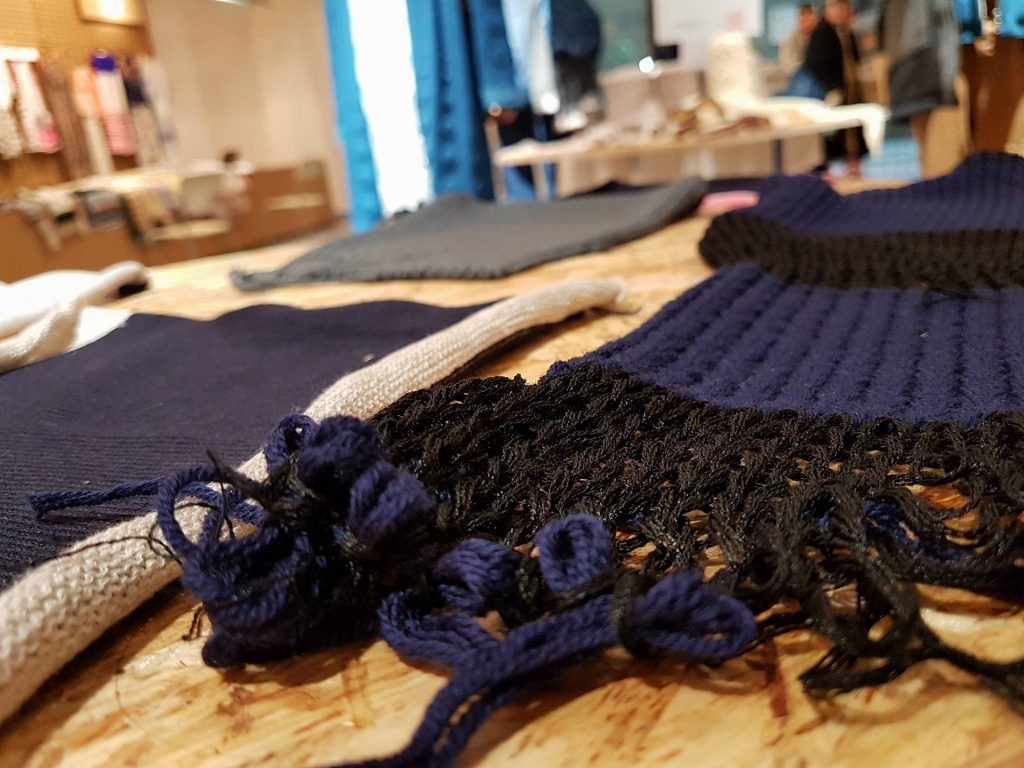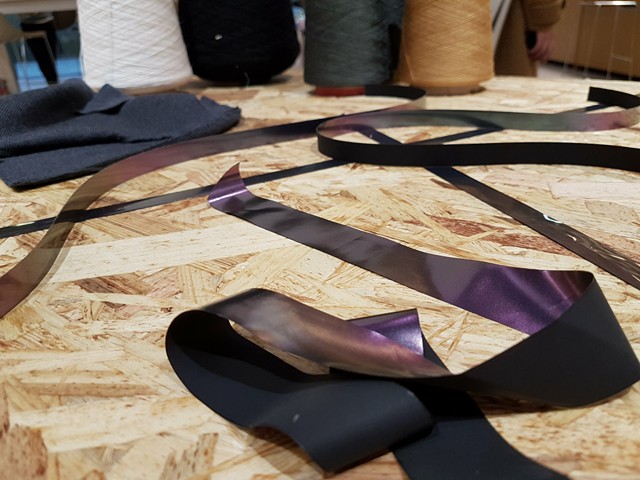Indeed, green is the new pink. Every day sustainability is continuing to gain ground in the fashion industry, and the best part about this is that more companies join and bet on it. On this occasion I want to tell you about Dyloan, a company engaged in research and development of new technologies and manufacturing assistance for manufacturers. Its project “moda futuribile” is based on the development of new technologies and proposes a focus on sustainability. Thus, it expands to the whole system and processes which show that the principles of sustainability are really relevant, according to 4 study areas: materials, processes, systems, and values.
I’m making it sound a bit complicated because of the technical terms, but it isn’t. Don’t forget that if you’re going to be a real green consumer, you’re going to need to take into account some factors that might affect your purchase.
That said, let’s start … from the proposals shown in Pitti Immagini Filati. I have collected those which, in my opinion, are the most interesting and also closest to these principles. Once again, it’s not easy to make a good impression on God and the Devil. But that’s a start.
Materials: Up Cycle
By Tiziano Guardini (defined by the press as “the stylist of nature”), Millifili and Bon Factory, the project consists in the creative reuse of knitted fabrics used for sample cases and colour charts to turn them into a real garment by reusing the same fabrics. The purpose of this procedure is to reduce the cost of disposing of waste materials, creating a new lifecycle.
Materials: Techinical Bio-Based
The aim is to produce by consuming little energy and to adopt recycling. In this case, the first player is the thread that comes from recycling materials or natural source materials, thus strengthening its compromise with the environment.
Behind the development of this project we find experts such as Alon Siman-tov (designer with a clear inclination to social and environmental responsibility), Fulgar (creators and manufacturers of the organic yarn Evo), Lactae Hevea (manufacturers of soles made 100 percent with hevea milk), and Bond Factory.
Processes: Kind Method
We must have heard many times of the negative environmental impact of dyeing processes due to the chemicals used to process colours. Also, we mustn’t forget to mention the irresponsibility with which many companies handle this waste. The “Kind Method” project, which would be a more delicate method, is based on the use of natural dyes that reduce the dyeing process and compounds known as toxic waste. Thus, environmental risks and human beings’ is reduced. Participants: Giulia Bortoli, Botto Giuseppe, (yarn manufacturers with spinning techniques that reduce land degradation) Umbriaverde, (its productions are processed with solar energy and mostly rain water), La Tintoria Ferrini (it has a company certification and has obtained the “certification” of the Textile and Health Association about the safety and transparency of the textile product and of the dyeing and finishing processes).
Systems: Valuable Supply Chain
The manufacturing process is the main agent of change. It includes the actors as protagonists as they will be responsible for developing the product by making sure that the factors mentioned above are immersed in sustainability. Borne by: Vittorio Branchizio, winner of the WHO’S ON NEX?, with a company that produces with environmental responsibility, use of solar panels and continuous training to promote product culture, Lanecardate, and Bond Factory.
No doubt green is the new pink. These projects are big steps towards a more environmentally conscious fashion industry.











